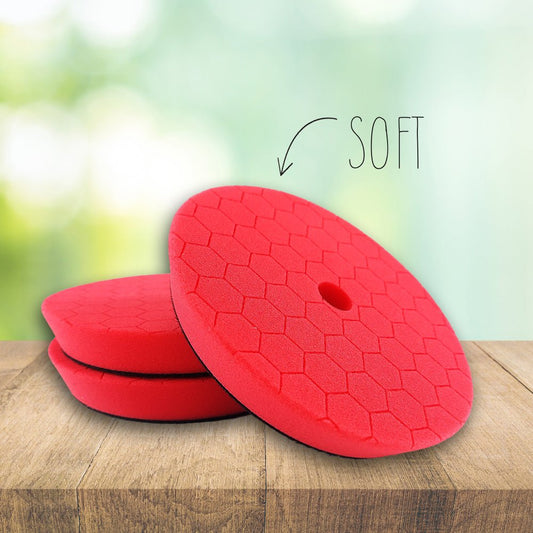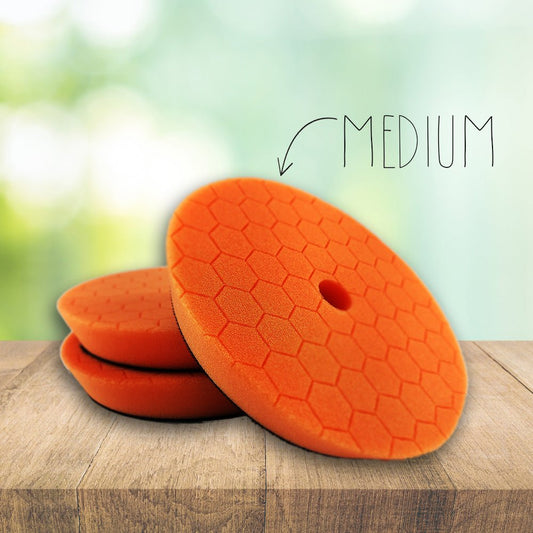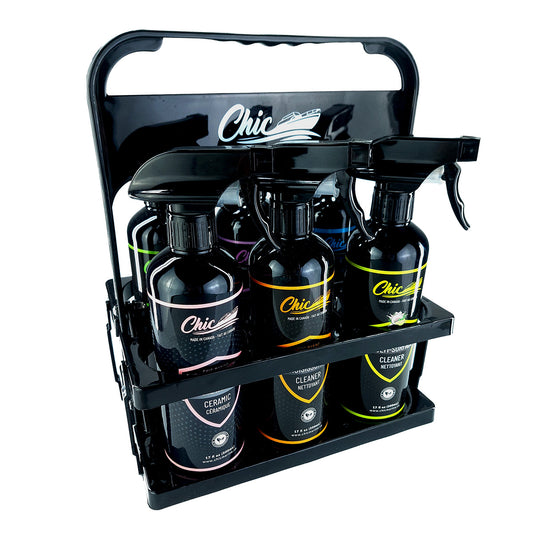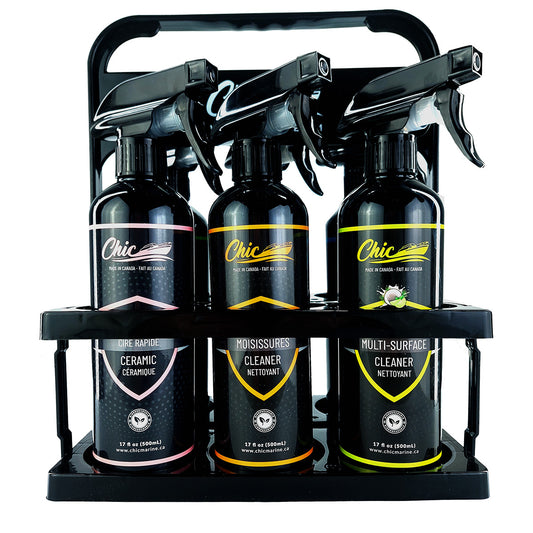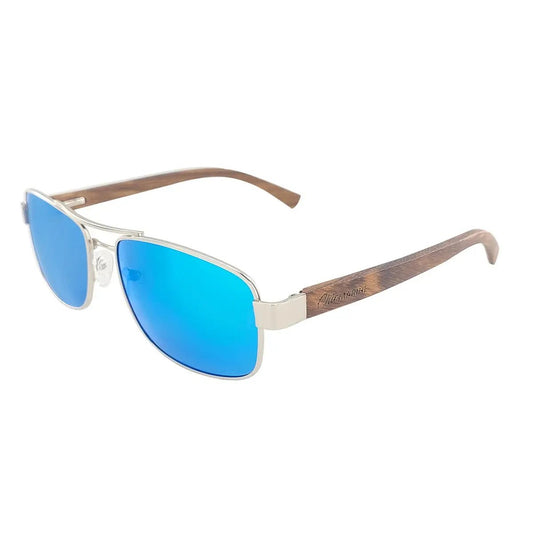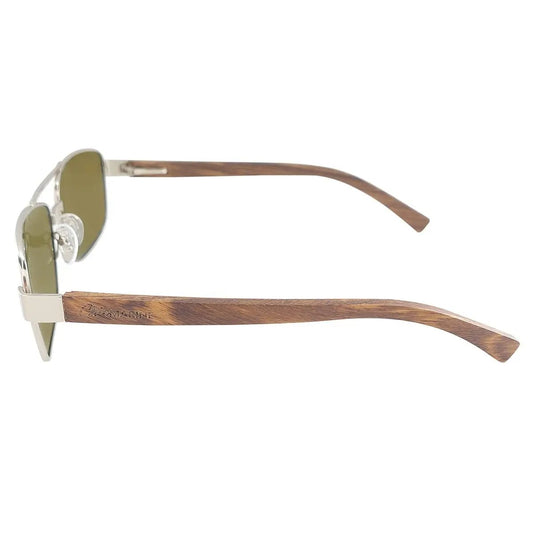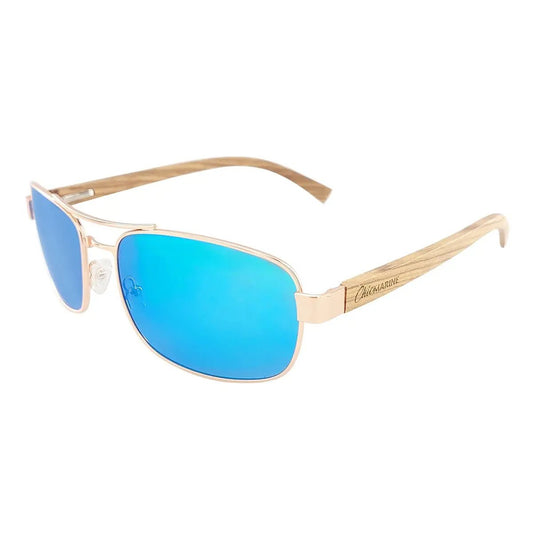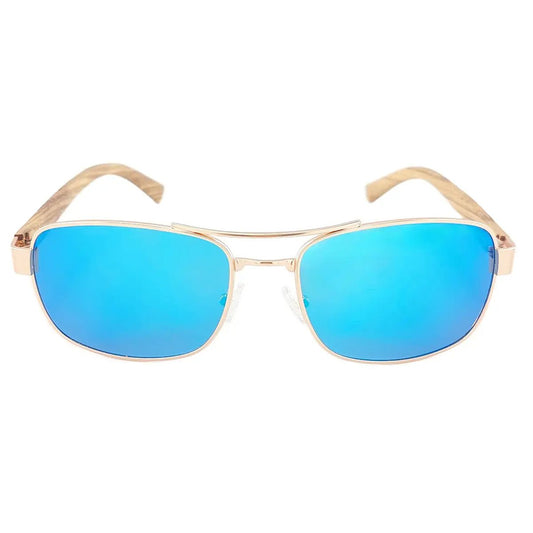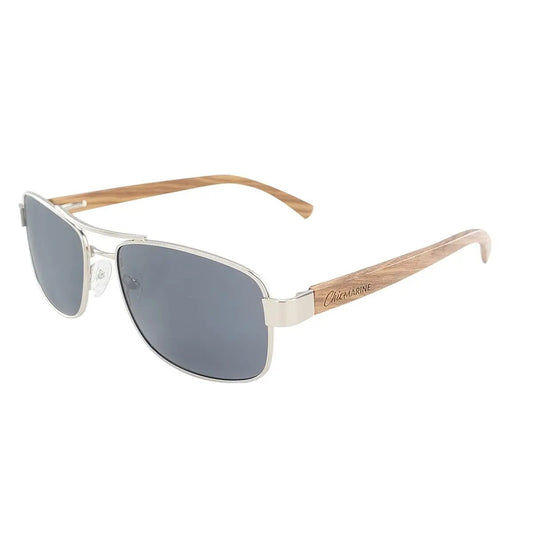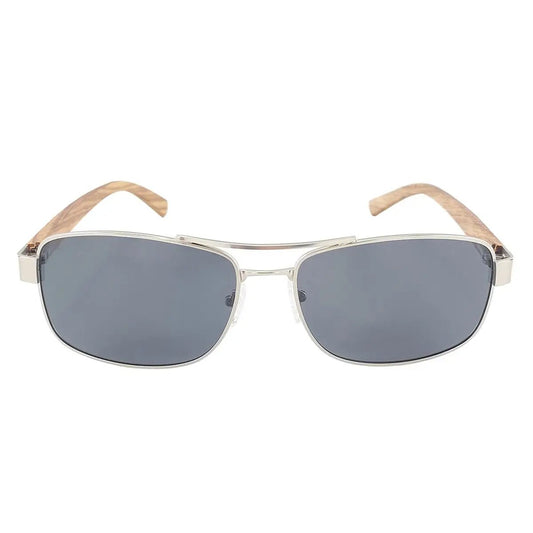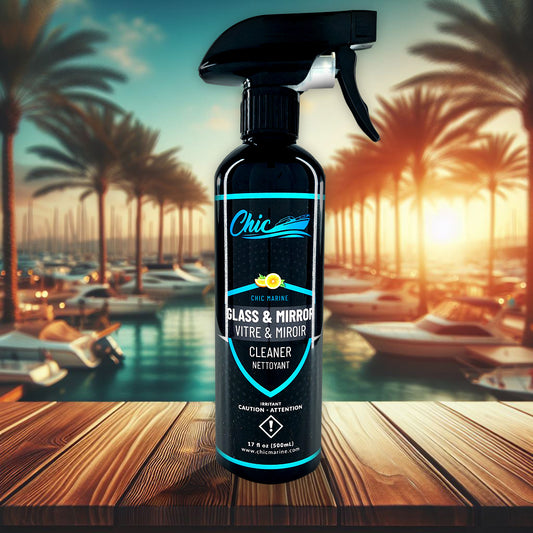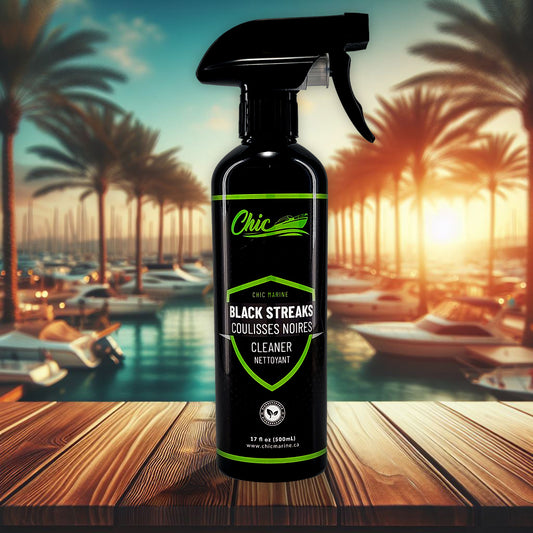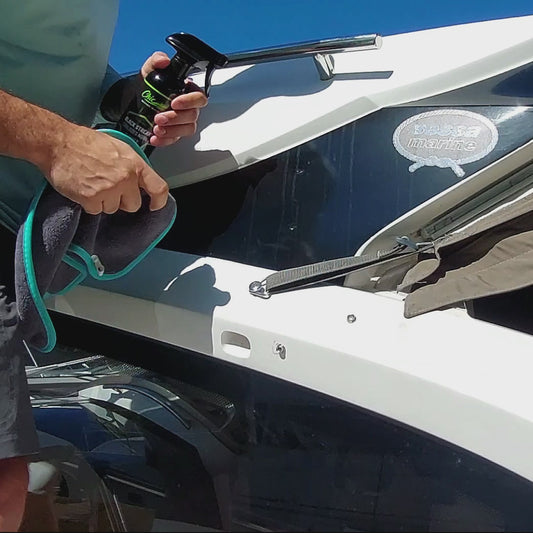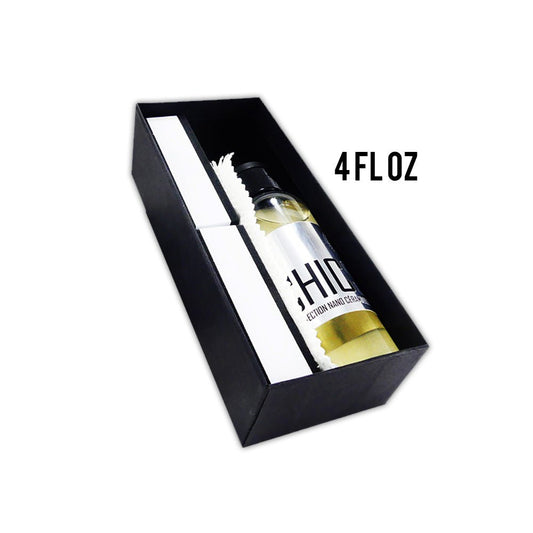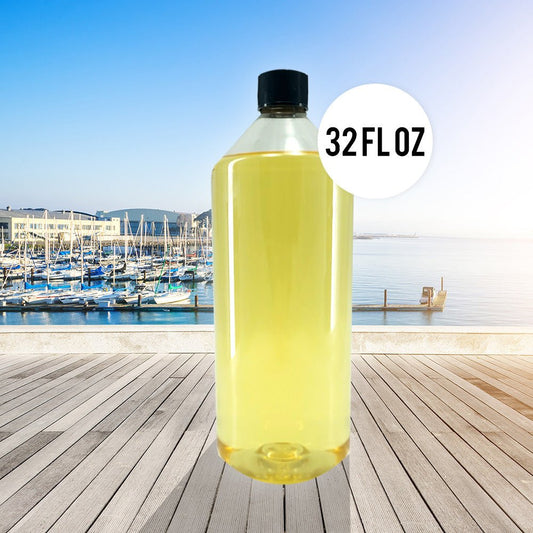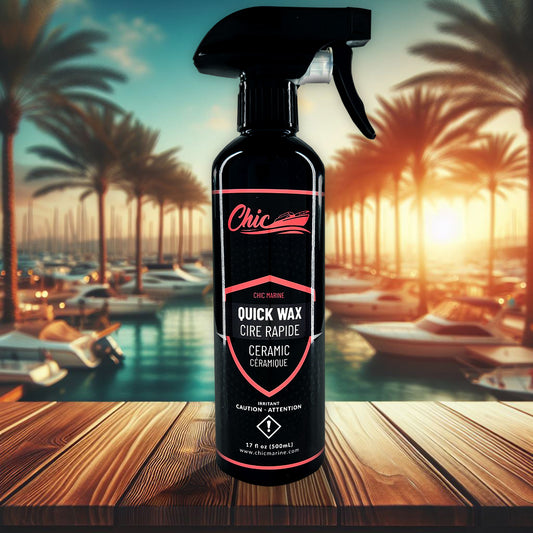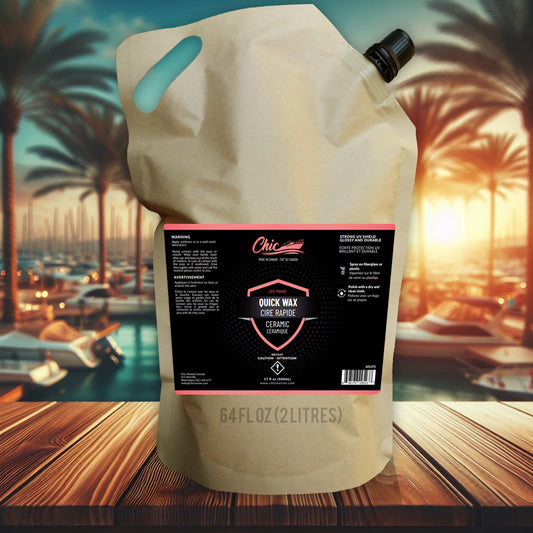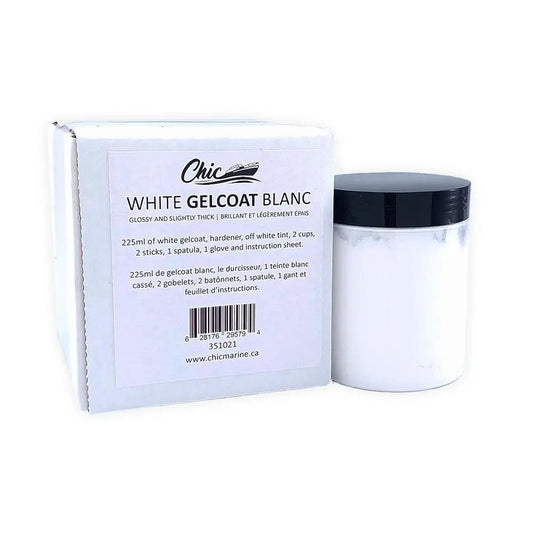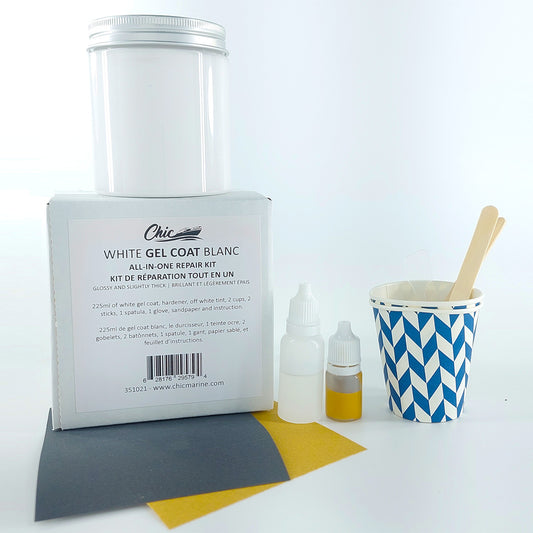Explain and understand a boat propeller pitch
The propeller is the powerhouse of a boat, converting engine power into forward motion. Among the critical factors influencing a propeller's efficiency is its pitch. In this article, we'll explore what propeller pitch is, why it's crucial, and how to select the right pitch for your boat to optimize performance.
What is Propeller Pitch?
The pitch of a boat propeller refers to the theoretical distance the propeller would travel forward in one revolution if it were moving through a soft solid, like a screw into wood. It's typically measured in inches and represents the angle at which the blades are set to cut through the water. Propeller pitch is a crucial parameter that directly affects a boat's speed, fuel efficiency, and overall performance.
Why is Propeller Pitch Important?
1. Speed and Efficiency:
- Higher Pitch: A higher pitch propeller is designed to cover more distance with each revolution, making it suitable for boats that require higher speeds. However, high-pitch propellers may reduce low-end torque, affecting acceleration.
- Lower Pitch: Lower pitch propellers are ideal for boats that need better low-speed performance and acceleration. They are more efficient at moving heavier loads or towing activities.
2. Engine RPM and Power:
- Matching Pitch to Engine RPM: It's crucial to match the propeller pitch to the boat's engine RPM (revolutions per minute) range. An optimal match ensures the engine operates within its designed power band, maximizing efficiency and preventing strain.
3. Boat Type and Use:
- Cruising vs. Watersports: Consider the primary use of your boat. If you enjoy leisurely cruising, a propeller with a moderate pitch may be suitable. For watersports enthusiasts who require quick acceleration, a lower pitch is often preferred.
How to Select the Right Propeller Pitch:
1. Consult the Boat Manufacturer:
- Check your boat's specifications and the manufacturer's recommendations for the recommended propeller pitch range. This information is typically available in the boat owner's manual.
2. Consider Boat Weight and Application:
- The weight of your boat and its intended use play a significant role in pitch selection. Heavier boats or those involved in towing activities may benefit from a lower pitch, while lighter boats designed for speed may require a higher pitch.
3. Understand Your Engine:
- Be aware of your engine's specifications, particularly its maximum RPM range. Select a propeller pitch that allows the engine to operate within this range for optimal efficiency and performance.
4. Experiment and Adjust:
- Boat performance can be subjective, and factors such as load, sea conditions, and personal preferences can influence the choice of propeller pitch. If possible, experiment with different pitches and observe how each affects your boat's performance.
5. Seek Professional Advice:
- Consult with marine professionals or experienced boat mechanics for personalized recommendations based on your boat's specifications, engine, and usage patterns.
Conclusion:
Understanding propeller pitch is crucial for optimizing your boat's performance on the water. By considering factors such as boat type, engine specifications, and intended use, you can select the right propeller pitch to achieve the ideal balance of speed, efficiency, and overall functionality. Remember, a well-matched propeller pitch is key to unlocking your boat's full potential and ensuring a smooth and enjoyable boating experience.
What is Propeller Pitch?
The pitch of a boat propeller refers to the theoretical distance the propeller would travel forward in one revolution if it were moving through a soft solid, like a screw into wood. It's typically measured in inches and represents the angle at which the blades are set to cut through the water. Propeller pitch is a crucial parameter that directly affects a boat's speed, fuel efficiency, and overall performance.
Why is Propeller Pitch Important?
1. Speed and Efficiency:
- Higher Pitch: A higher pitch propeller is designed to cover more distance with each revolution, making it suitable for boats that require higher speeds. However, high-pitch propellers may reduce low-end torque, affecting acceleration.
- Lower Pitch: Lower pitch propellers are ideal for boats that need better low-speed performance and acceleration. They are more efficient at moving heavier loads or towing activities.
2. Engine RPM and Power:
- Matching Pitch to Engine RPM: It's crucial to match the propeller pitch to the boat's engine RPM (revolutions per minute) range. An optimal match ensures the engine operates within its designed power band, maximizing efficiency and preventing strain.
3. Boat Type and Use:
- Cruising vs. Watersports: Consider the primary use of your boat. If you enjoy leisurely cruising, a propeller with a moderate pitch may be suitable. For watersports enthusiasts who require quick acceleration, a lower pitch is often preferred.
How to Select the Right Propeller Pitch:
1. Consult the Boat Manufacturer:
- Check your boat's specifications and the manufacturer's recommendations for the recommended propeller pitch range. This information is typically available in the boat owner's manual.
2. Consider Boat Weight and Application:
- The weight of your boat and its intended use play a significant role in pitch selection. Heavier boats or those involved in towing activities may benefit from a lower pitch, while lighter boats designed for speed may require a higher pitch.
3. Understand Your Engine:
- Be aware of your engine's specifications, particularly its maximum RPM range. Select a propeller pitch that allows the engine to operate within this range for optimal efficiency and performance.
4. Experiment and Adjust:
- Boat performance can be subjective, and factors such as load, sea conditions, and personal preferences can influence the choice of propeller pitch. If possible, experiment with different pitches and observe how each affects your boat's performance.
5. Seek Professional Advice:
- Consult with marine professionals or experienced boat mechanics for personalized recommendations based on your boat's specifications, engine, and usage patterns.
Conclusion:
Understanding propeller pitch is crucial for optimizing your boat's performance on the water. By considering factors such as boat type, engine specifications, and intended use, you can select the right propeller pitch to achieve the ideal balance of speed, efficiency, and overall functionality. Remember, a well-matched propeller pitch is key to unlocking your boat's full potential and ensuring a smooth and enjoyable boating experience.
